The Gift of South Dakota
Subscriptions to South Dakota Magazine make great gifts!
Subscribe today — 1 year (6 issues) is just $29!
A Strange Fascination
Feb 9, 2016
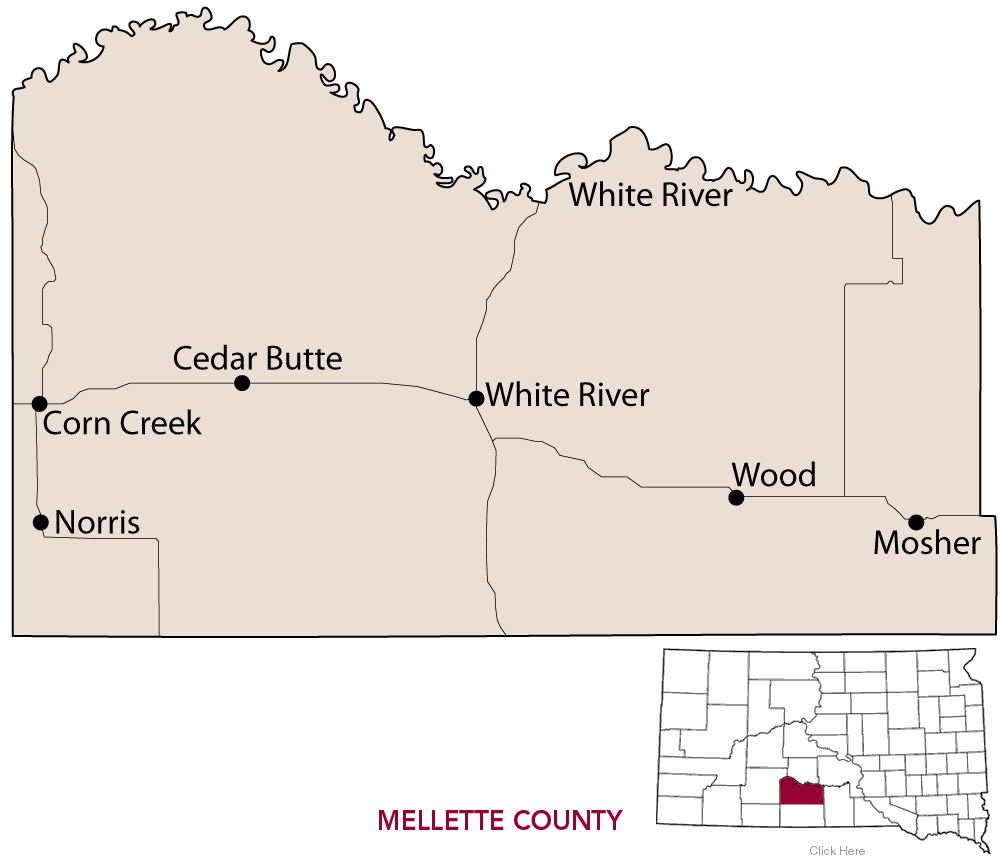 |
There’s something about Mellette County that captivates people. Its rivers and landscapes have inspired poetry and prose that have appeared in the pages of South Dakota Magazine. Rapid City poet Donna Parks penned this piece in tribute to the White River, which forms the county’s squiggly northern border:
In a wide white bed
of seashell dust,
the winding White
goes
milky,
low,
and soundless
as snow.
Similarly, Lavonne McCurdy Banks, a native of the area, was drawn to write about her experiences revisiting the White River valley from her home in California in 2007.
“The prairie merges with lush fields of grain and an occasional green valley. Scrub oak and cottonwood trees root deeply into the soil, searching for moisture left by winter snows and occasional spring showers. Wild buffalo berries, chokecherries and blackberry vines provide luscious fruit, but it soon withers on the vine.
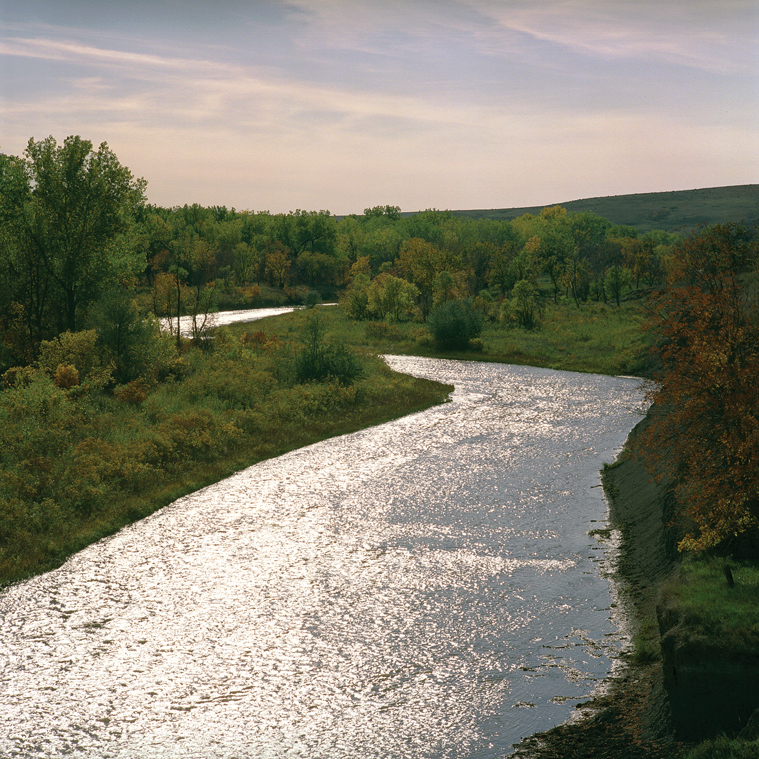 |
| The White River forms the northern boundary of Mellette County. Photo by Stephen Gassman. |
“Winters were often harsh and seemed endless. But spring always followed. Optimism returned, planting resumed, hearts lightened and the cycle began again.
“Adversities built character in the White River valley. Its people were never willing to kneel to nature’s temperamental tirades. Even today there is a strange fascination to this land. Perhaps God created it for dreamers to test their capabilities and endurance.”
If that’s true, there’s no better example than Anna Langhorne Waltz, who homesteaded in Mellette County shortly after its organization in 1911. Prior to statehood in 1889, land west of the Missouri River was known as the Great Sioux Reservation. Through the Dawes Act of 1887, the federal government began allotting portions of that reservation land to Indians, hoping to assimilate them into the European-style farming culture that homesteaders brought in the steady westward migration. Once allotments were made, portions of reservation land were opened to settlers.
Such was the case with Bennett, Washabaugh and Mellette counties in the fall of 1911. Even though the region had endured an intense two-year drought, 54,000 people applied for between 8,000 and 10,000 homesteads. Applicants registered at sites in Chamberlain, Dallas, Gregory and Rapid City. A drawing of lots in October 1911 determined the winners.
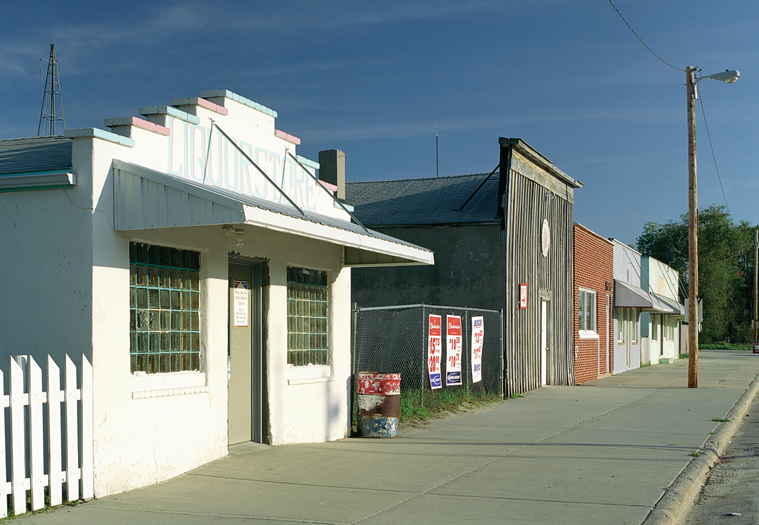 |
| Main Street in the town of White River. Photo by Stephen Gassman. |
Anna Waltz and her husband, Pierce, were not among the winners. But about a year later, she was notified that another family had relinquished a homestead along Pine Creek, about 10 miles west of the town of White River. Waltz’s husband was a Baptist missionary, which meant he was away from home for extended periods of time. The couple had also recently welcomed a daughter, Dorothy. Anna knew the requirements of homesteading meant living on the land until “proving up.” The prospects of doing it largely on her own while caring for an infant seemed daunting, but, she later recalled, “somehow I felt the urge to finish what I had started out to do.”
Many of her neighbors lived miles away, but her in-laws, George and Ruth Waltz, lived in the same section. They devised a system of communication that involved raising flags. If Anna was in trouble, needed to go to town or was running low on water, she would raise a flag and hope George or Ruth noticed.
Anna’s first night in her 14-by-24-foot soddie exposed her to the frightening sounds of the open plains. “I loosened my braids and was brushing my hair when, just outside the door, there was a terrible wail that almost froze my blood,” she recalled. “I sat down on a chair close by and felt limp. I could hear my heard beating loudly. I kept very still for a few minutes. Then, off in the distance, I heard an answering howl and wail that was not new to me and realized that it was coyotes. I had never heard them quite so close before. … It kept up on into the night, and I kept sitting up on into the night.” George later told her the sounds likely came from Coyote Butte, a popular hangout for the animals not far from Anna’s house.
Slowly, she adapted to life on the prairie. She, George and Ruth took occasional trips into White River to collect mail and do some shopping. She traveled to the creek to haul barrels of water back to the soddie and got to know her neighbors at picnics.
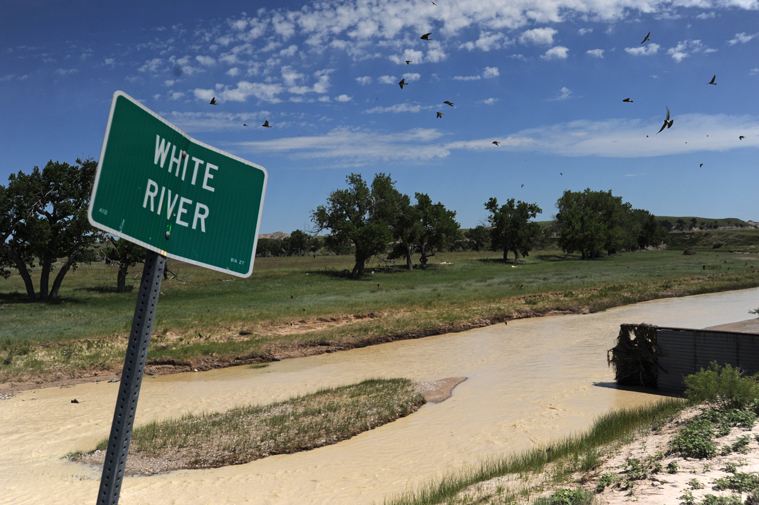 |
| The White River's milky water is due to sediments it carries from the Badlands. |
Anna Waltz’s capabilities and endurance were surely tested and she succeeded, as did several other early settlers in Mellette County. Their descendants are still there, ranching or working in the town of White River, which has grown to nearly 600 people. It’s the county seat and largest town for many miles. Smaller hamlets like Red Wing, Gate Way, Texsam and Cody popped up during the homesteading era and vanished almost as quickly, but White River is a survivor. The county historical society has bought and restored three adjoining downtown buildings and created a museum, library and meeting space.
The museum has memorabilia from Tom Berry, a charismatic local cowboy who was compared to Will Rogers. Berry was governor during the Depression. He had many quips, including this: “the most dangerous weapon is a cocked tongue.”
You could spend a day exploring the geography and geology of Mellette County beginning with the White River, which flows easterly from the Badlands to the Missouri River. The river valley is resplendent with cottonwood yellows in autumn, but the water is also known for its coloration, due to high sedimentation from the nearby Badlands. The river valley is cut from gray and black Pierre shale, but the water is milky white. A good viewing area is at the river’s juncture with Highway 83 (between Murdo and the town of White River).
Straight east of White River (the town) are the Little Badlands, a miniature version of the grand national park found to the west. You can see several buttes — including Coyote Butte, the source of Anna Waltz’s fear in 1912 — and another feature called The Devil’s Backbone, a spiny range of mini-mountains between Norris and Cedar Butte. Over a century ago, this was the Great American Desert, land on which no one was expected to survive. But as Anna Waltz and other pioneers showed, there was — and continues to be — a “strange fascination” with Mellette County.
Editor’s Note: This is the 19th installment in an ongoing series featuring South Dakota’s 66 counties. Click here for previous articles.


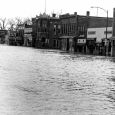


Comments
I really enjoyed this article!
Carolyn Carr Reed
Anyway my grandpa was a great story teller.... if you are interested I would love to send you a copy of this letter, in hopes that you will publish it and share it. ... Just let me know...
Carla Bak
Wynona & Bud Fisher lived next to the school. Bud was the sheriff while Wynona was the county treasurer. My father grew up and went to school in White River. Somewhere I still have one of his high school annuals.
After Dad went to serve in Vietnam, he got married to my mother and I eventually came along. Unfortunately, I was very young and have almost no memories of Bud as he died when I was three years old. That would have been in 1974. Just four years later Dad died and we brought him home from Texas to lay him to rest near Bud in 1978. I remember that January was fearsome for the blizzards that shrieked across the open plains!
Wynona lived on by herself with her black poodle Spooky in their home until the early 1980s. She decided to sell her house and move to Alpena to be closer to her sister. Wynona died in 1987 and was laid to rest between Dad and Bud.
I didn't go back to White River until 2012 when I went with a friend to see his parents who live at the Valburg Ranch. I'd forgotten how peaceful and beautiful the country is out there along the White River. The White River Cemetery overlooks the White River and my family have a great spot near the west edge with a panoramic sweep of the western horizon.
White River was so good to my family. Thank you for the wonderful trip down memory lane.
Jerry Fisher
I well remember picking buffalo berries, chokecherries, wild plums, and wild grapes as we were growing up.
I remember (sort of) the winter of 1949. I recall an airplane flying by overhead dropping mail down to rural residents. There was a sea of snowdrifts all around. If any neighbor could make it to town, they kindly brought staples back for the neighbors who couldn't make it.
My siblings and I went to Cody Grade School before attending White River High. Cody Grade was named after Cody Sinning, a kind neighbor living north of our place. I have good memories of Cody & Alice Sinning and all of our wonderful rural neighbors.
The White River looks like a nice canoe tripping river, other than western South Dakota winds. Has anyone floated it?
My mother, Eleanor, went to Chadron State Teachers' College in Nebraska and taught in Wood. She went on to be a successful business woman in MN.
I spent summers on the ranch just east of White River. I loved the hills and the buttes, especially since I came from the flatlands of the Red River Valley near Fargo. I loved being with my Czech grandmother and learning how to cross-stitch from her. I loved hearing the swooping and booming of the nightjars' wings at dusk and the call of the meadowlarks in the morning.
My life is full of joyful and rich memories. I love White River and the land of South Dakota, despite coming from what someone told me was the "fat land with fat people" near Fargo. But I have to say that I could feel the anger around White River, an anger that involves both white settlers and Native Americans, but in multi-faceted and complex ways. By writing this, I want to honor my Dolezal family and honor all of my many relations in the area, including my aunt, Ann Marie, whose uniform is in the White River Museum. Thank you, Helen Wussow